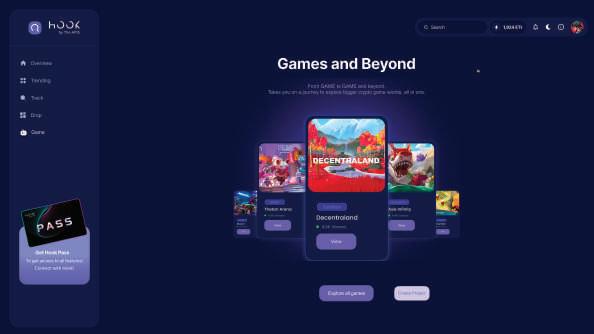Carmo Cardoso
Web3 UI/UX Designer

Contents
1. Websites

1.1 Web3 Gaming Platform
1.2 Web3 Venture Capital
1.3 Online Art Gallery - full process

2.
3.
4.
5.
NFT Marketplace Web 3 Wallet DeFi Cross-Chain Platform 6. Dashboard

1. Websites

1.1 Web3 Gaming Platform
1.2 Web3 Venture Capital
1.3 Online Art Gallery - full process

2.
3.
4.
5.
NFT Marketplace Web 3 Wallet DeFi Cross-Chain Platform 6. DashboardWeb3 website design refers to the design principles and aesthetics used in creating websites for the decentralized web. The decentralized web, also known as web3, is the next generation of the internet where data and content are stored in a decentralized network rather than on a central server. Web3 websites are designed to be more secure, user-friendly, and accessible to everyone, regardless of technical ability.
In terms of design, web3 websites often feature clean, minimalist aesthetics with a focus on functionality and user experience. The use of open-source technologies and decentralized tools is also common, as these technologies align with the principles of web3.
Another important aspect of web3 website design is accessibility and inclusivity. Designers aim to make web3 websites accessible to all users, including those with disabilities, by implementing inclusive design principles such as providing alt text for images and using clear, concise language.
In conclusion, web3 website design is an important aspect of the decentralized web, reflecting the principles of decentralization, security, accessibility, and inclusivity. With a focus on functionality and user experience, web3 websites are designed to be accessible to all users, regardless of technical ability.
Landing Page

Carousel Banner featuring all the games
Financial Data Company’s introduction
Game Page


Game Trailer
Game introduction
Game’s News
Games’ Page
Main product trailer
Game Suggestions
DeFi Products



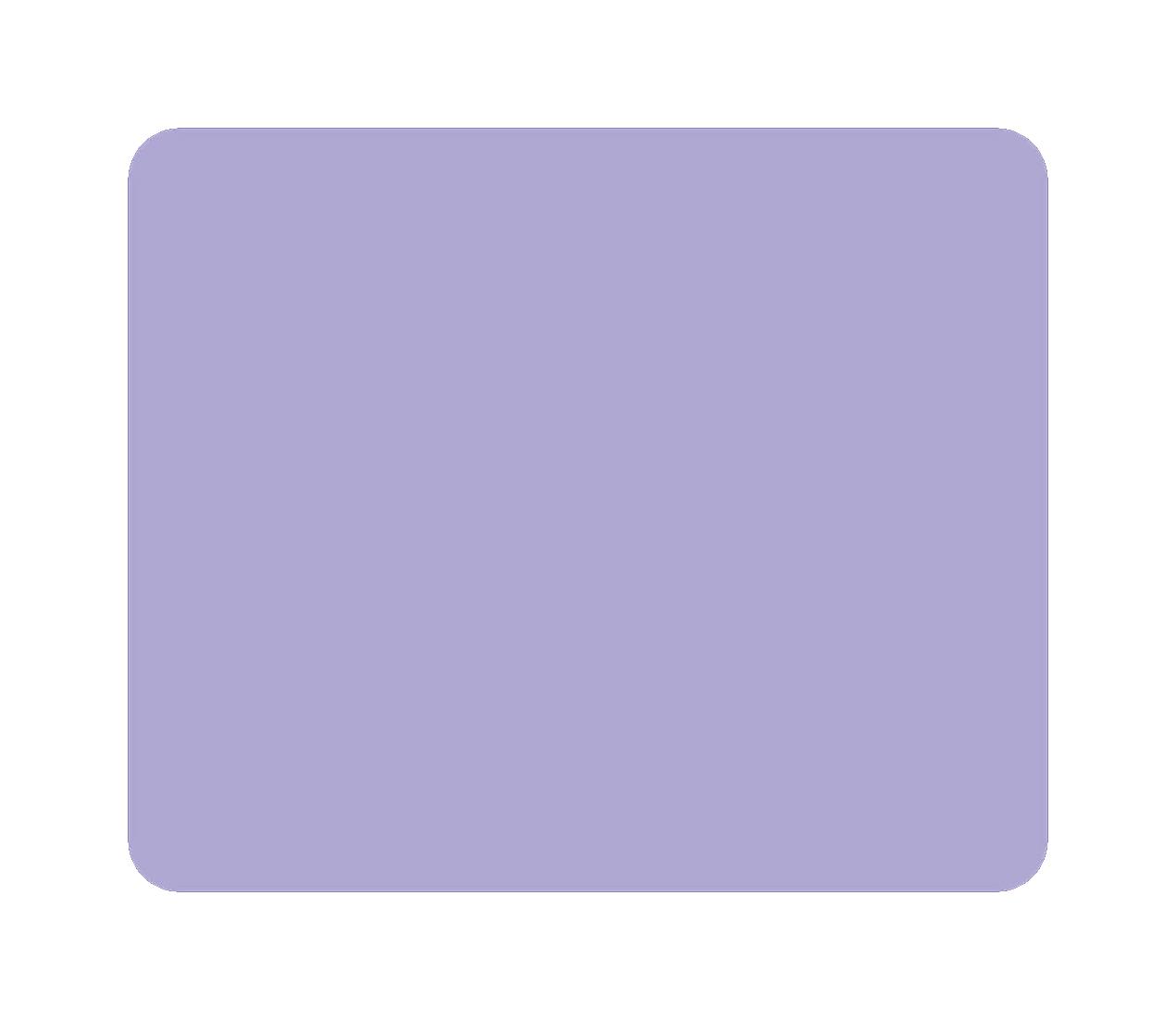
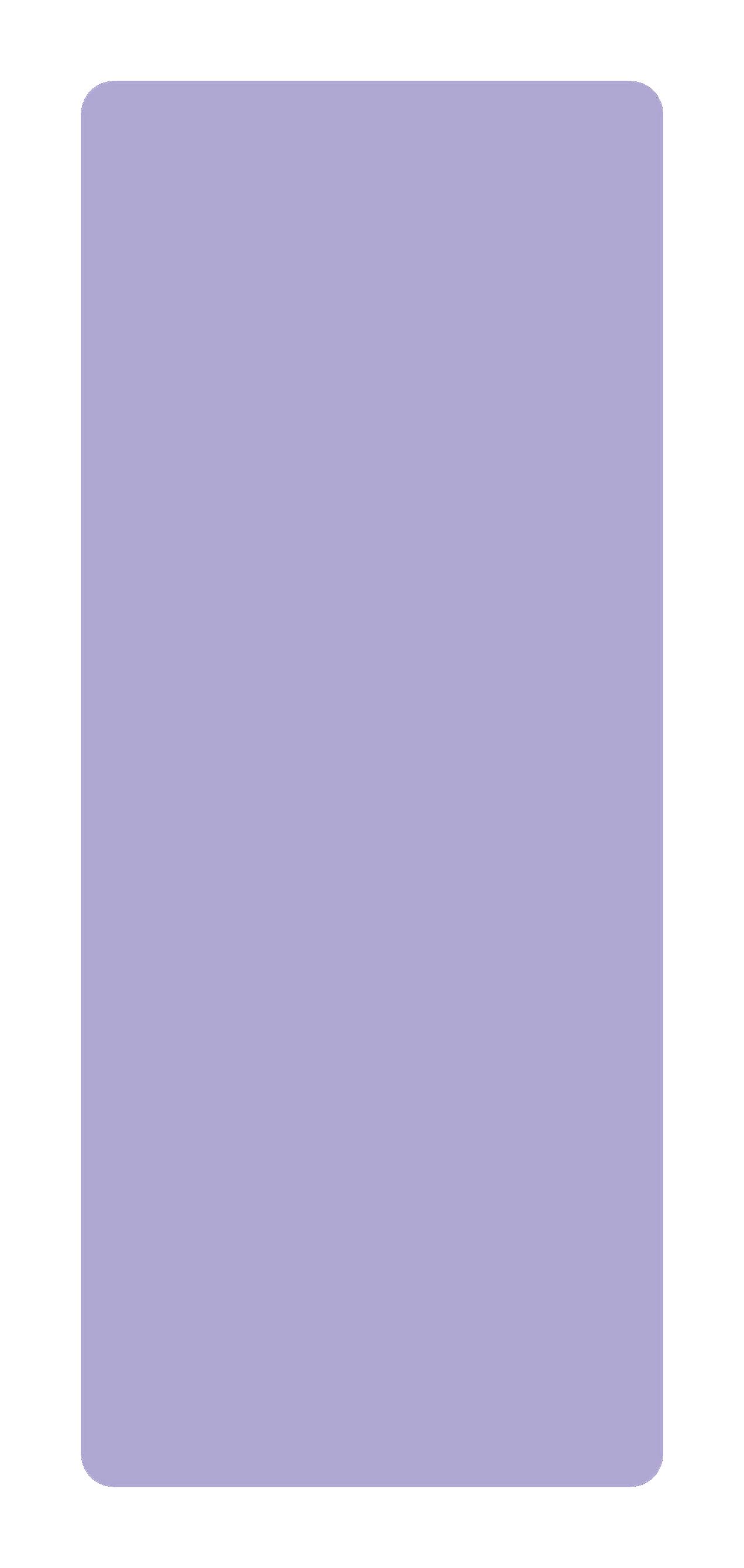
Community
Game play or Makertplace
Game Page

Game Trailer
Game introduction
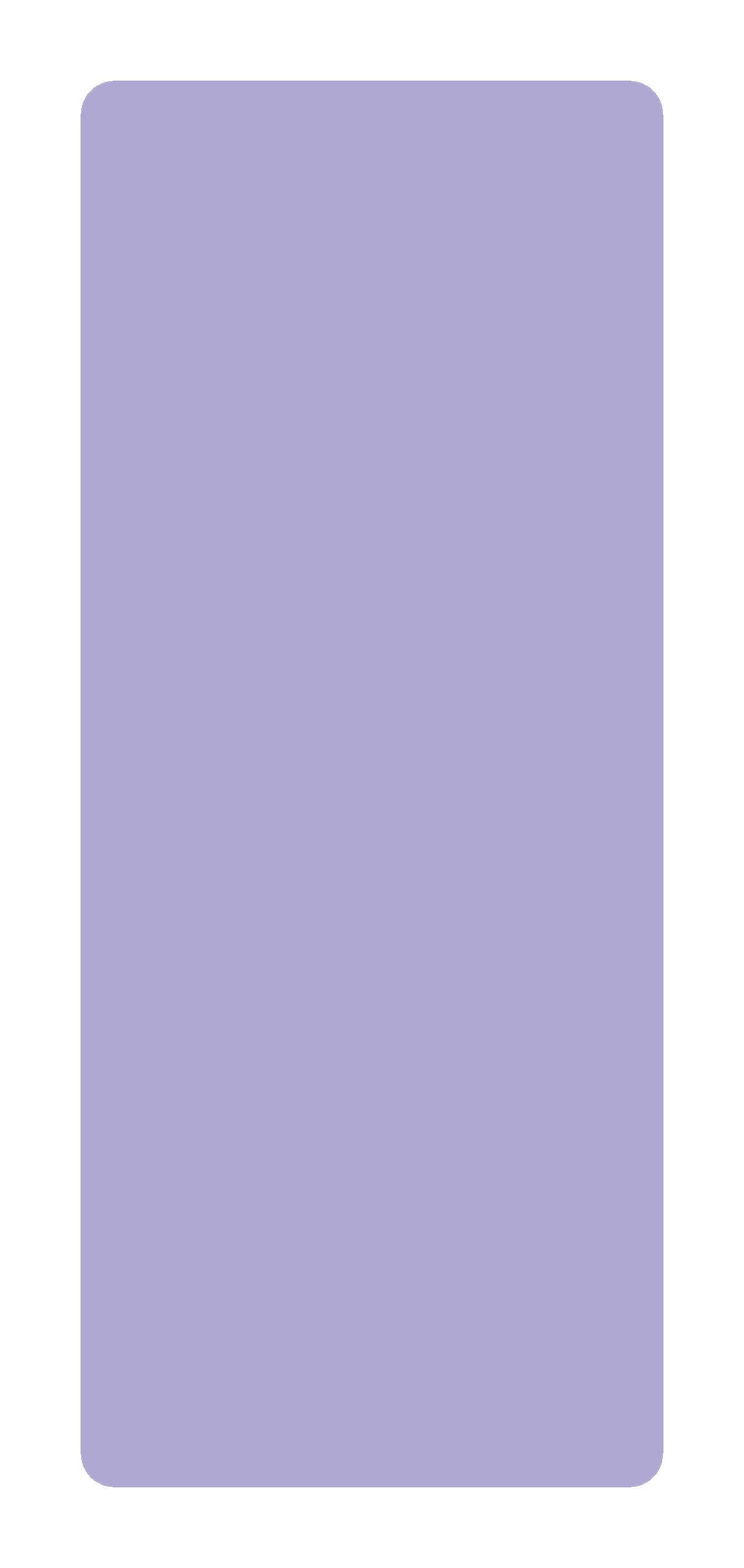


Game’s News
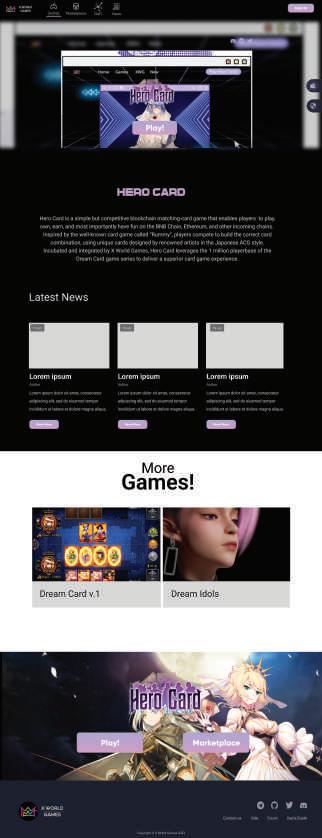

Game Suggestions
Game play or Makertplace


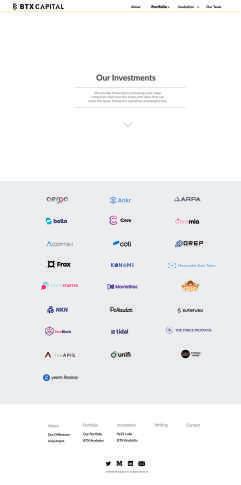










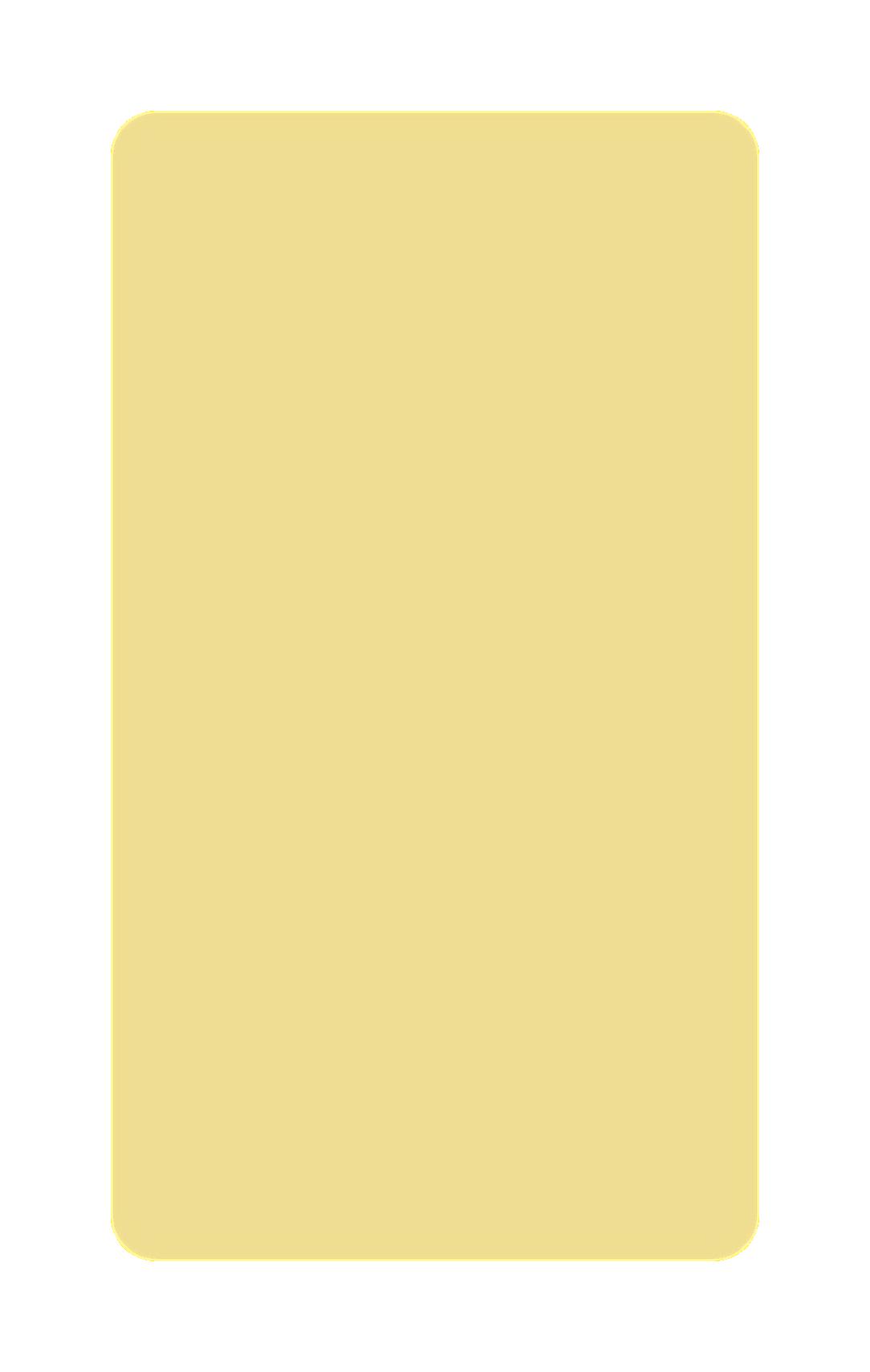

Content - Introduction
Research
User Profiles - User Experience
Roadmap
Prototype - User Interface
Color and Font
Web Product
Mobile Version

An online art gallery is a digital platform that provides artists with an opportunity to showcase and sell their artwork to a global audience. In recent years, the growth of e-commerce and the increasing popularity of online shopping has led to the rise of online art galleries. This market research report aims to provide insights into the online art gallery industry, including market size, growth potential, and key trends.
According to a report by Art Basel and UBS, the global art market was valued at $67.4 billion in 2018, with online sales accounting for 9% of the market share. The report also estimated that the online art market would grow to $9.6 billion by 2023. Another report by Hiscox found that online art sales grew by 4% in 2020 despite the COVID-19 pandemic, highlighting the resilience of the industry.
The target audience for an online art gallery includes art collectors, art enthusiasts, and interior designers. According to a report by ArtTactic, the average age of online art buyers is between 35-54, and they spend an average of $5,000 per year on art purchases. Additionally, ArtTactic found that 50% of online art buyers are based in the United States, making it the largest market for online art sales.
One of the key trends in the online art gallery industry is the rise of artificial intelligence (AI) and virtual reality (VR) technology. Online art galleries are using AI and VR to create immersive experiences for customers, allowing them to preview artworks in their homes or offices before making a purchase. Another trend is the increasing use of social media and influencer marketing to promote artwork and engage with potential buyers.
Art Basel and UBS, "The Art Market 2019"
Hiscox, "The Online Art Trade Report 2021"
ArtTactic, "The Online Art Market Report 2020"
Forbes, "The Top Art Trends For 2021"
The Guardian, "Will virtual reality art galleries change the way we experience art?"
Challenges:
Name: Alex Chen - Buyer
Age: 35

Occupation: Marketing Manager
Location: New York City, New York
Interests: Travel, cooking, interior design
Demographics:
Alex is a 35-year-old marketing manager living in New York City. He has a bachelor's degree in marketing and has been working in the industry for over 10 years. He is married and has two young children. His annual income is $120,000.
Goals:
Alex is interested in buying artwork for his home. He wants to find pieces that reflect his personal taste and add color and vibrancy to his living spaces. He is particularly drawn to modern and contemporary art, but is also interested in traditional art styles. Alex is interested in investing in artwork that has the potential to appreciate in value over time.
Alex is busy with work and family responsibilities, and doesn't have a lot of free time to visit physical art galleries. He wants to make informed decisions when purchasing artwork and is looking for a convenient and trustworthy source of information and advice.
Shopping Habits:
Alex is comfortable using online platforms to research and purchase artwork. He enjoys browsing through online galleries and reading reviews and descriptions of pieces. He prefers to purchase art from reputable sources and is willing to pay a premium for quality artwork and excellent customer service. He is willing to spend up to $5,000 on a single piece of art.
Online Behavior:
Alex uses social media platforms such as Instagram and Pinterest to discover new artists and artworks. He also subscribes to art newsletters and follows prominent art critics and curators on social media.
In summary, Alex is a busy professional with a keen interest in contemporary and traditional art. He is looking for a convenient and trustworthy source of information and advice when purchasing artwork online, and is willing to pay a premium for quality artwork and excellent customer service.
Name: Emily Rodriguez - Artist
Username: emrodriguez.art
Location: Miami, Florida
Age: 29
Interests: Photography, Painting, Travel
About Me: Hi there! My name is Emily and I'm an artist based in Miami. I specialize in painting and photography, and I love exploring new techniques and mediums to express my creativity. My art often draws inspiration from my travels and my passion for nature and wildlife. I aim to create pieces that evoke a sense of emotion and wonder in the viewer.
Artistic Style: My artistic style is a mix of contemporary and abstract, with an emphasis on color and texture. I use a variety of materials, including acrylic paint, oil paint, and pastels, to create pieces that are layered and complex. In my photography, I focus on capturing the beauty of the natural world and the unique details that often go unnoticed.
Artistic Philosophy:
I believe that art is a powerful medium for expressing emotions and ideas. I strive to create pieces that inspire curiosity and reflection in the viewer. I also believe that art should be accessible to everyone, which is why I aim to offer pieces at a range of price points.
Exhibitions and Achievements:
"Wanderlust" solo exhibition at Miami Art Gallery (January 2022)
"Emerging Artists" group exhibition at Art Basel Miami (December 2021)
Winner of the 2021 Miami Art Award for Emerging Artists

Artworks for Sale:
"Dreamy Dusk" (acrylic on canvas, 36" x 24") - $1,500
"Majestic Elephant" (photography print, 18" x 24") - $250
"Sandy Beach" (oil on canvas, 12" x 12") - $150
Social Media:
Instagram: @emrodriguez.art
Facebook: Emily Rodriguez Art Twitter: @emrodriguezart
In summary, Emily is a 29-year-old artist based in Miami who specializes in painting and photography. She draws inspiration from her travels and the natural world, and creates pieces that are contemporary and abstract, with an emphasis on color and texture. Emily believes that art should be accessible to everyone, and offers pieces at a range of price points. She uses social media to promote her work and connect with potential buyers.
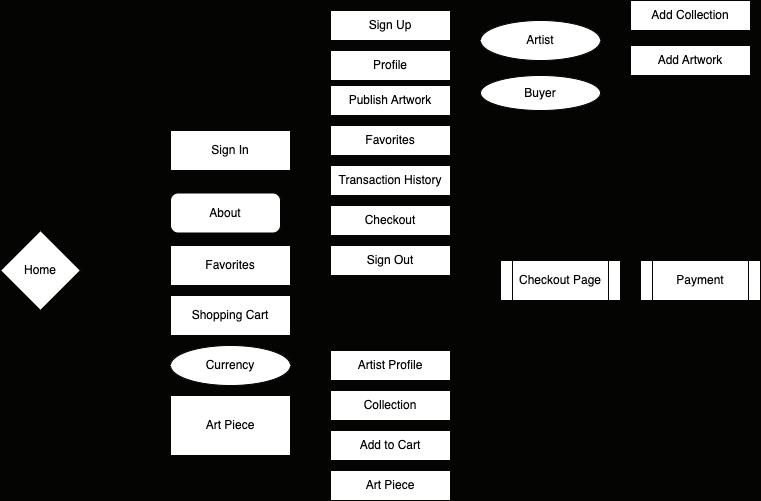
My research indicated that buyers are short in time and want to find things quickly.Additionally helps any new users quickly understand how to navigate the website Filter

Here end-users can filter by : price, rating, and date.

Here users can change currency
Users can quickly access their favorites and their shopping cart, adding convinience to the buying process.
Easy to add to cart
Rating
Reasearch indicates having a favorite option increases the changes of buying later on
My research indicated that social media was of high importantance for users, especially artists.
Art Component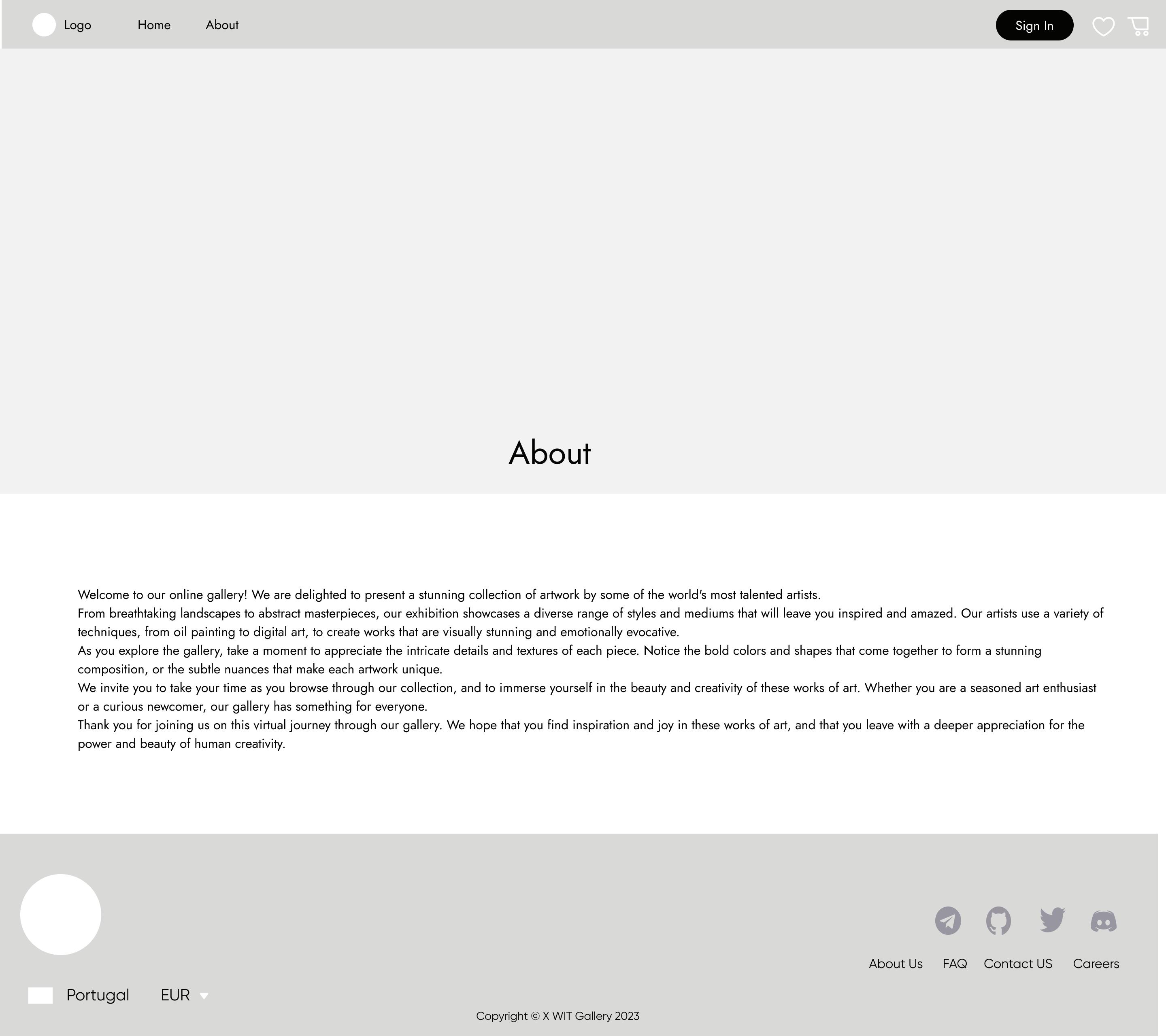

Rate art pieces
Algorithm based suggestions
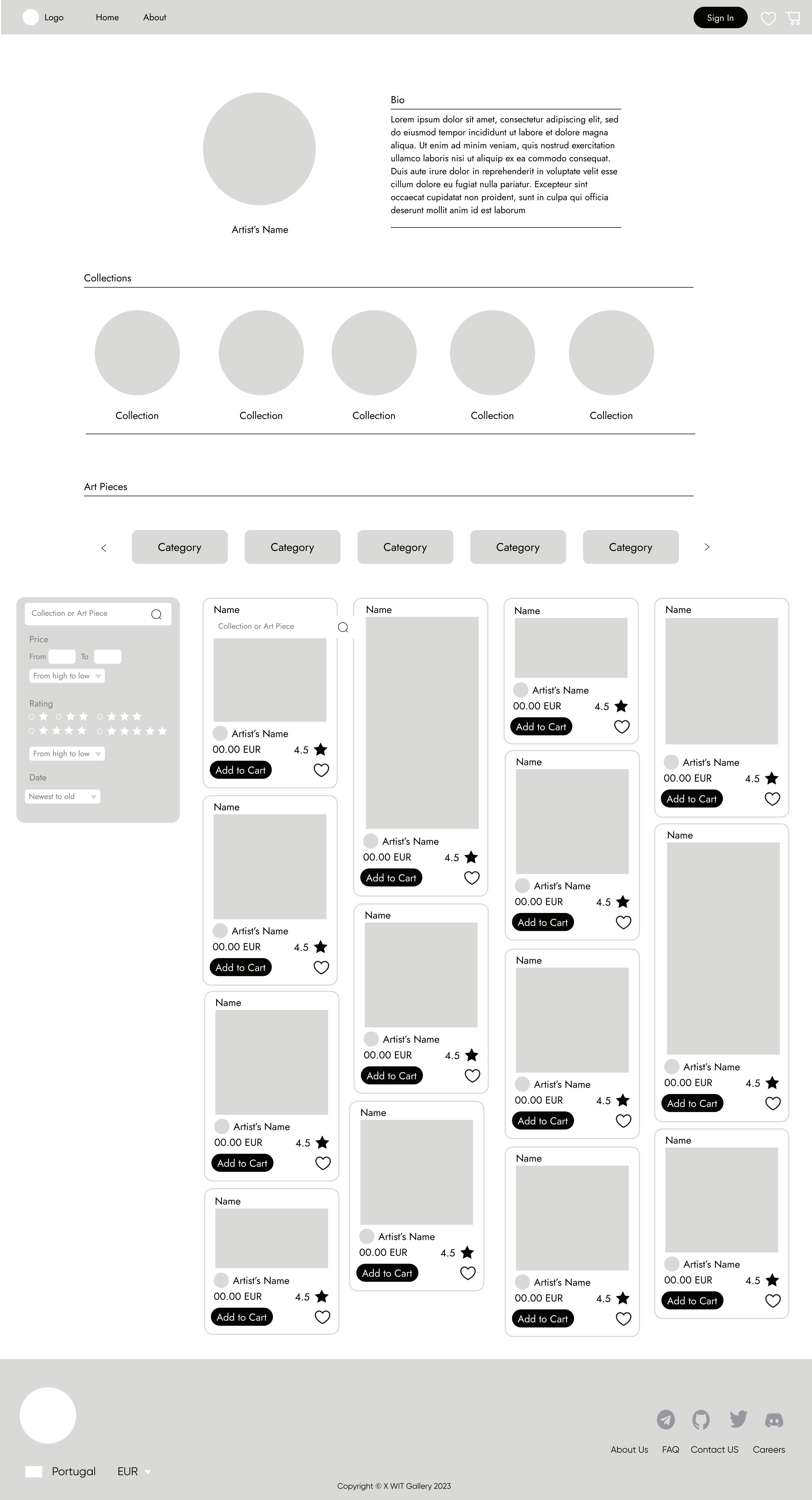



Same profile can be used as buyers or artist
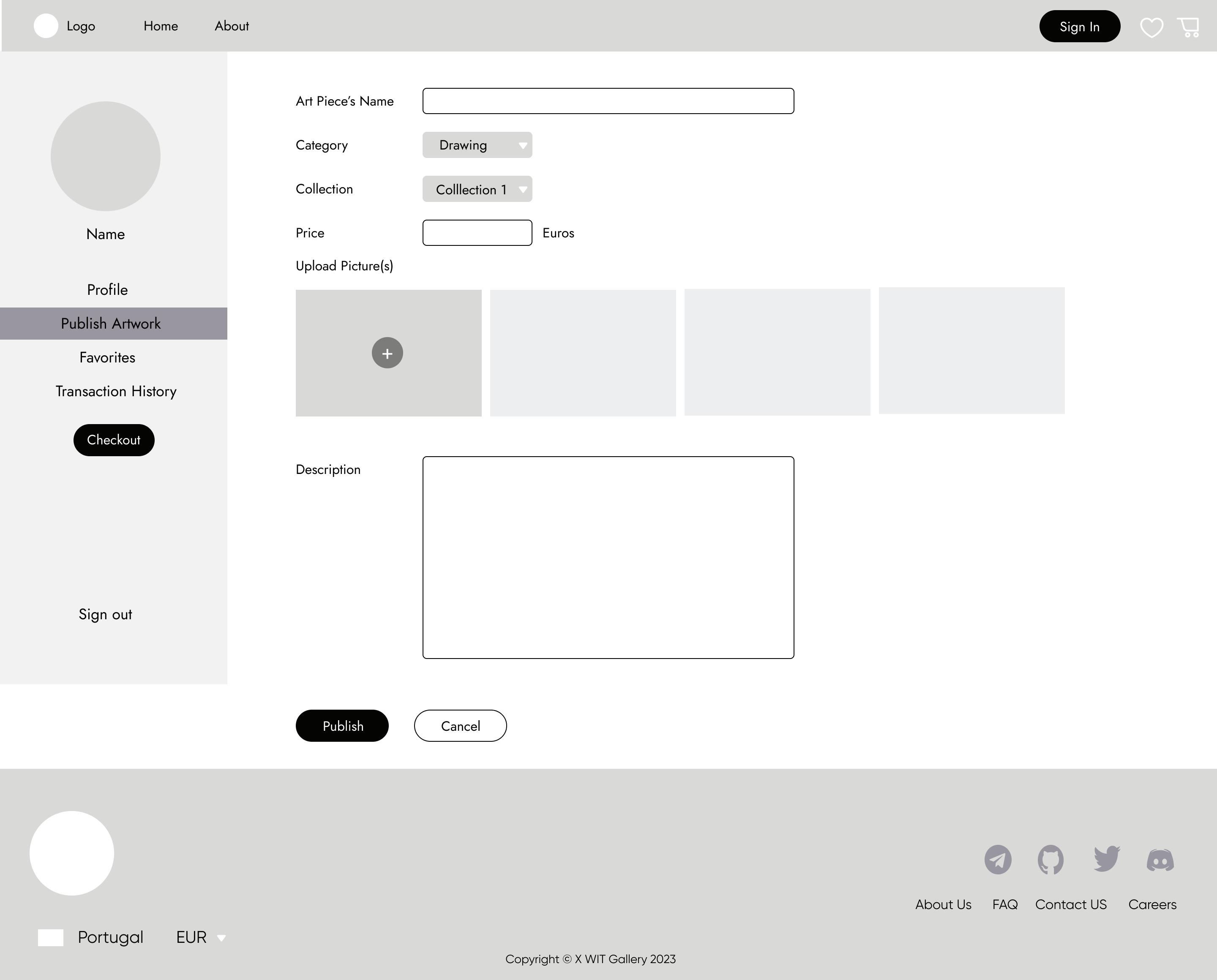
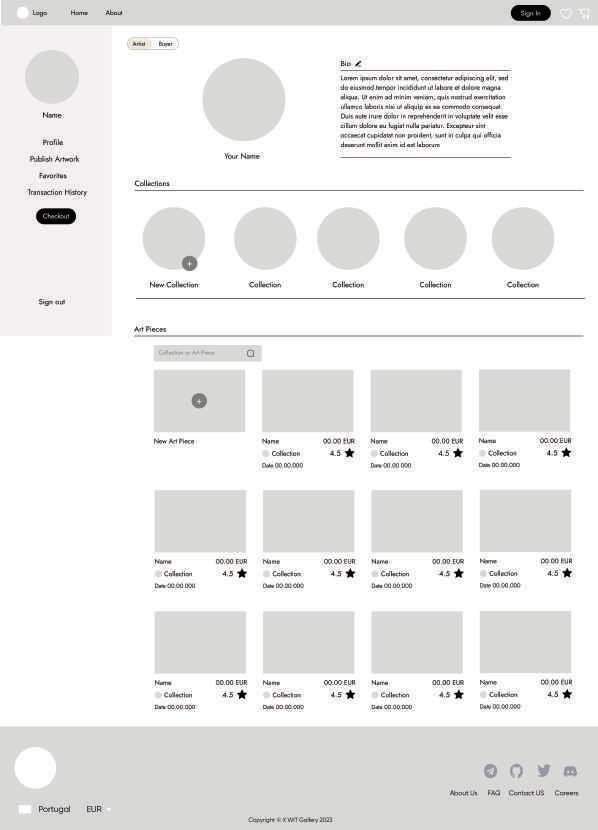
This color scheme can create a calming and grounded effect that works well for art pieces that evoke a sense of peace or tranquility.Neutral colors like beige, gray, and taupe can create a calming and grounding effect, which can work well for art pieces that evoke a sense of peace or tranquility. Neutral colors can also provide a subtle backdrop that doesn't detract from the artwork.
Jost H1
Jost H2
Jost H3
Jost H4
Jost was the chosen font based on
Legibility: The font you choose should be easy to read, especially for the website's body text. Avoid overly decorative or complex fonts that can make it difficult for visitors to read the information on the website.
Aesthetic appeal: The font you choose should be visually appealing and complement the art pieces showcased on the website. A font that is too plain may not do justice to the beauty and creativity of the artwork, while a font that is too ornate may be distracting.
#EBE8DE #9B9A8F #D9D9D9

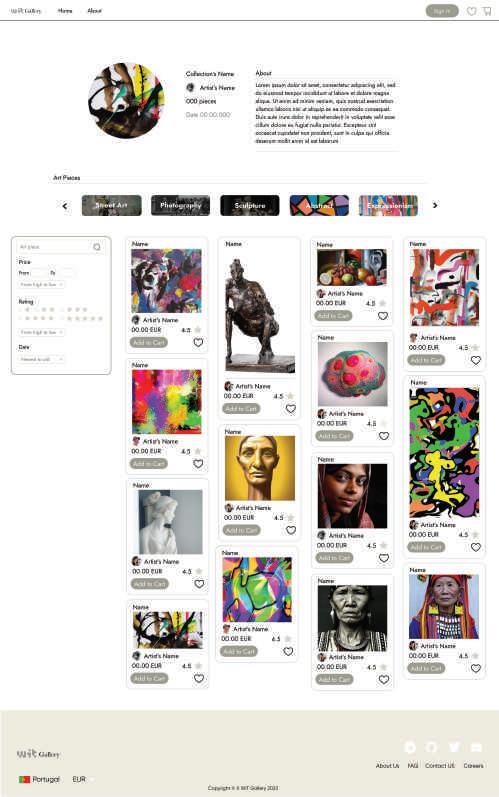
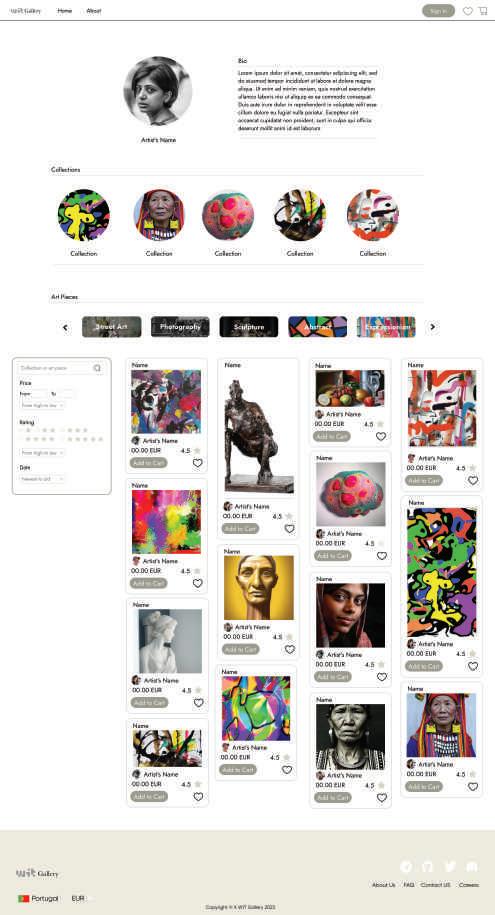




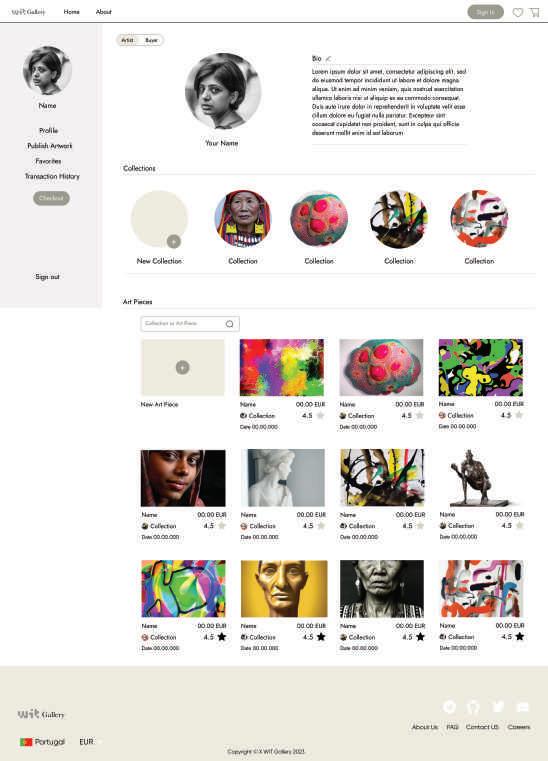



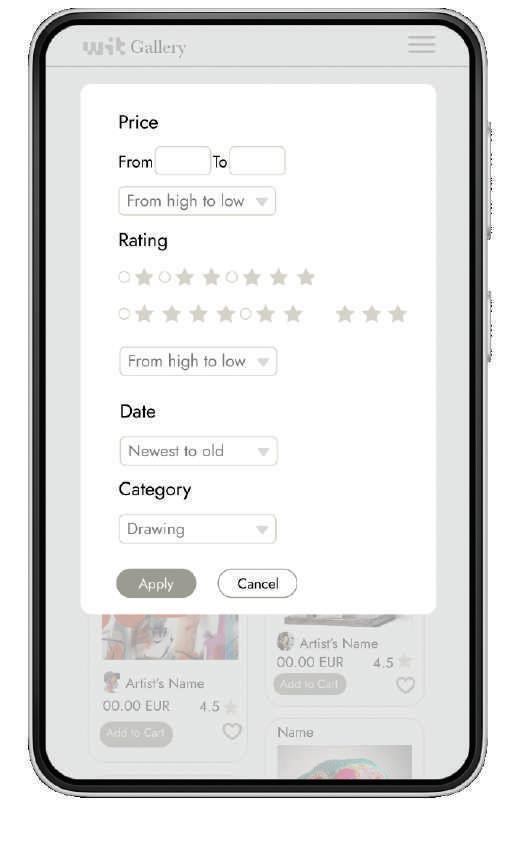



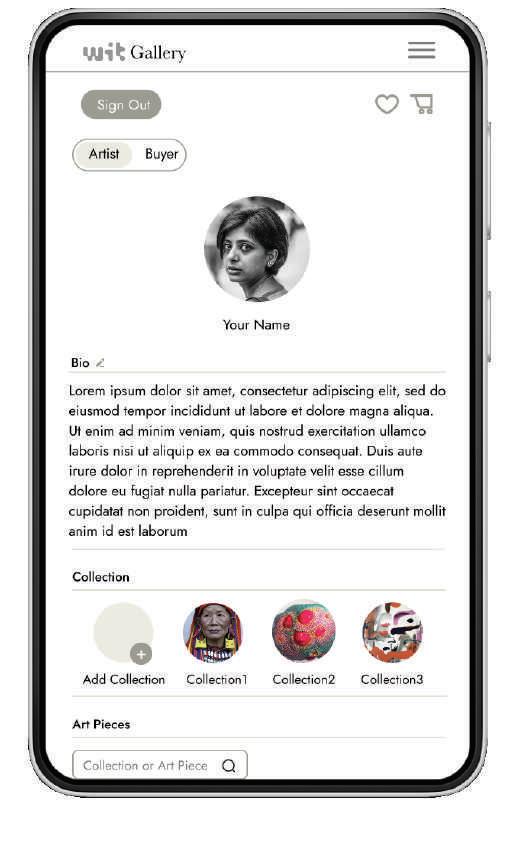

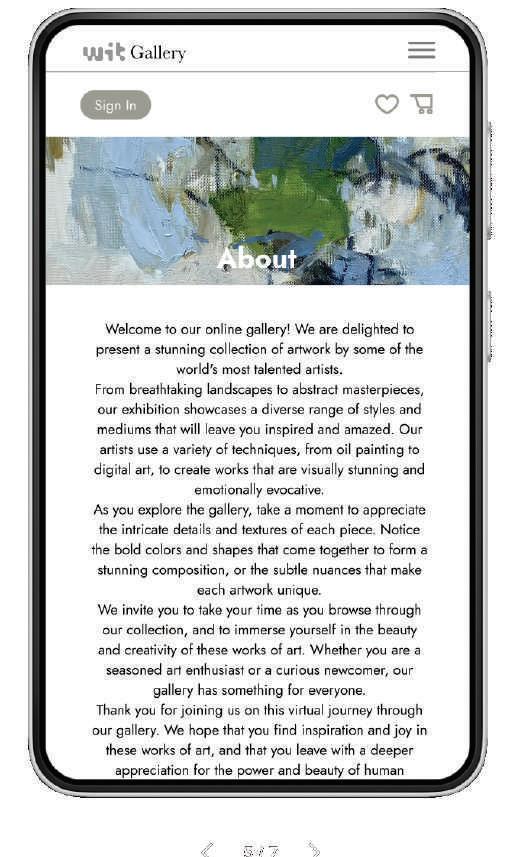









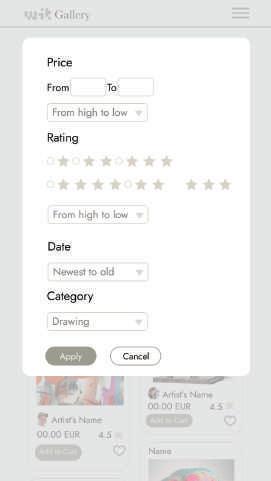

NFT (non-fungible token) marketplace web design refers to the design principles and aesthetics used in creating online platforms for buying, selling, and trading NFTs. NFTs are unique, digital assets that represent ownership of a particular item, such as art, music, or collectibles.
NFT marketplace web design must take into consideration the unique features and challenges of NFTs, such as their scarcity, rarity, and uniqueness. As such, NFT marketplace websites often feature vibrant, eye-catching graphics, as well as easy-to-use interfaces for buying, selling, and trading NFTs.
One key aspect of NFT marketplace web design is showcasing NFTs in a way that is both visually appealing and informative. This might include large, high-quality images of the NFTs, as well as detailed information about their ownership, history, and provenance.
Another important aspect of NFT marketplace web design is security. As NFTs are valuable digital assets, it's crucial that NFT marketplace websites are secure and protect users' private information and assets. This might include using encryption, secure payment methods, and two-factor authentication.
In conclusion, NFT marketplace web design is an important aspect of the growing NFT industry, with a focus on showcasing NFTs in a visually appealing and informative way, as well as ensuring security for users and their assets. By designing NFT marketplace websites that are user-friendly, accessible, and secure, designers can help to promote the growth and success of the NFT industry.

Market Financial Stats
Different Markets
Card Name


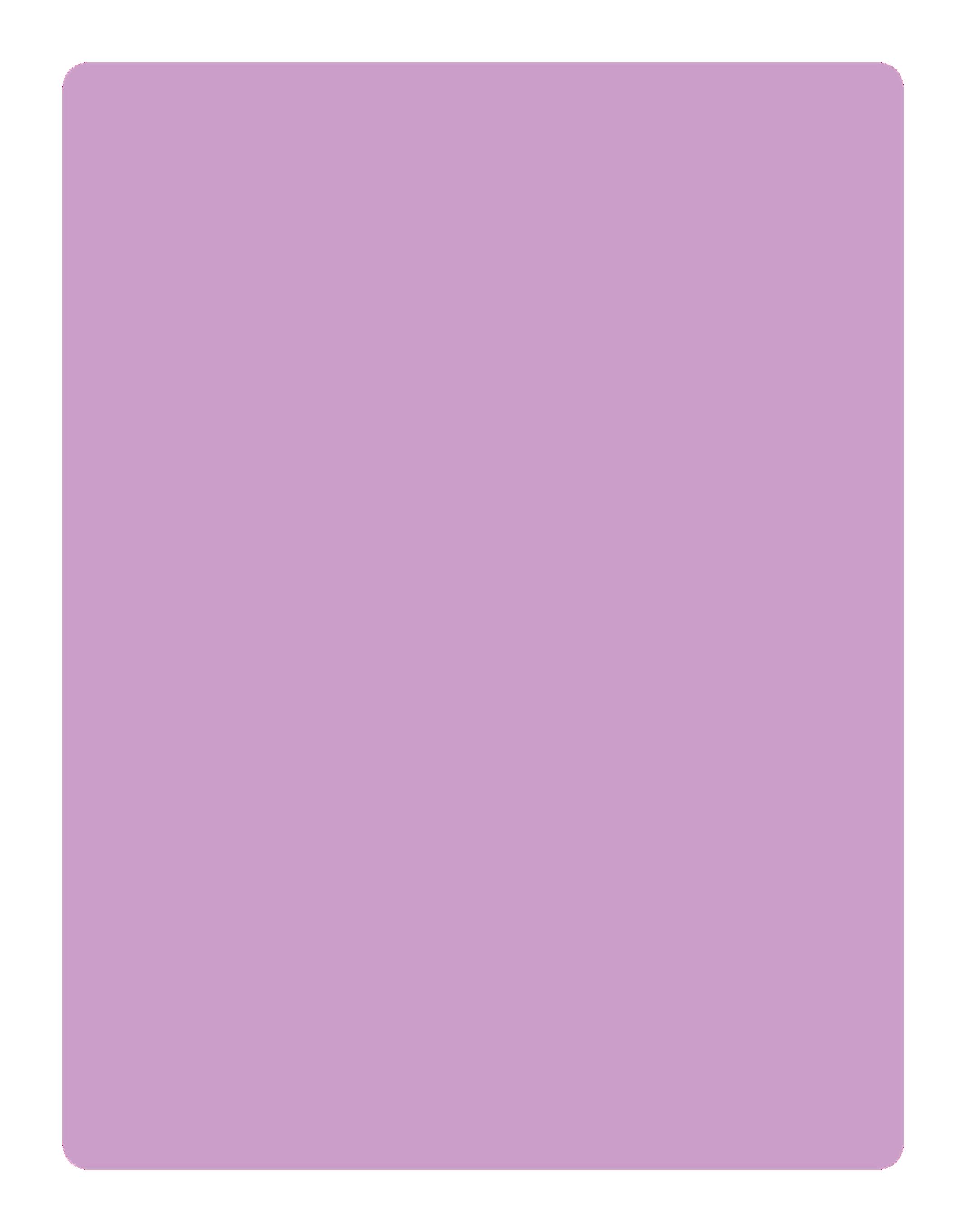
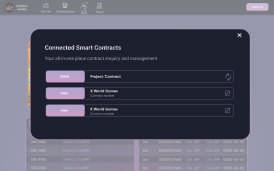






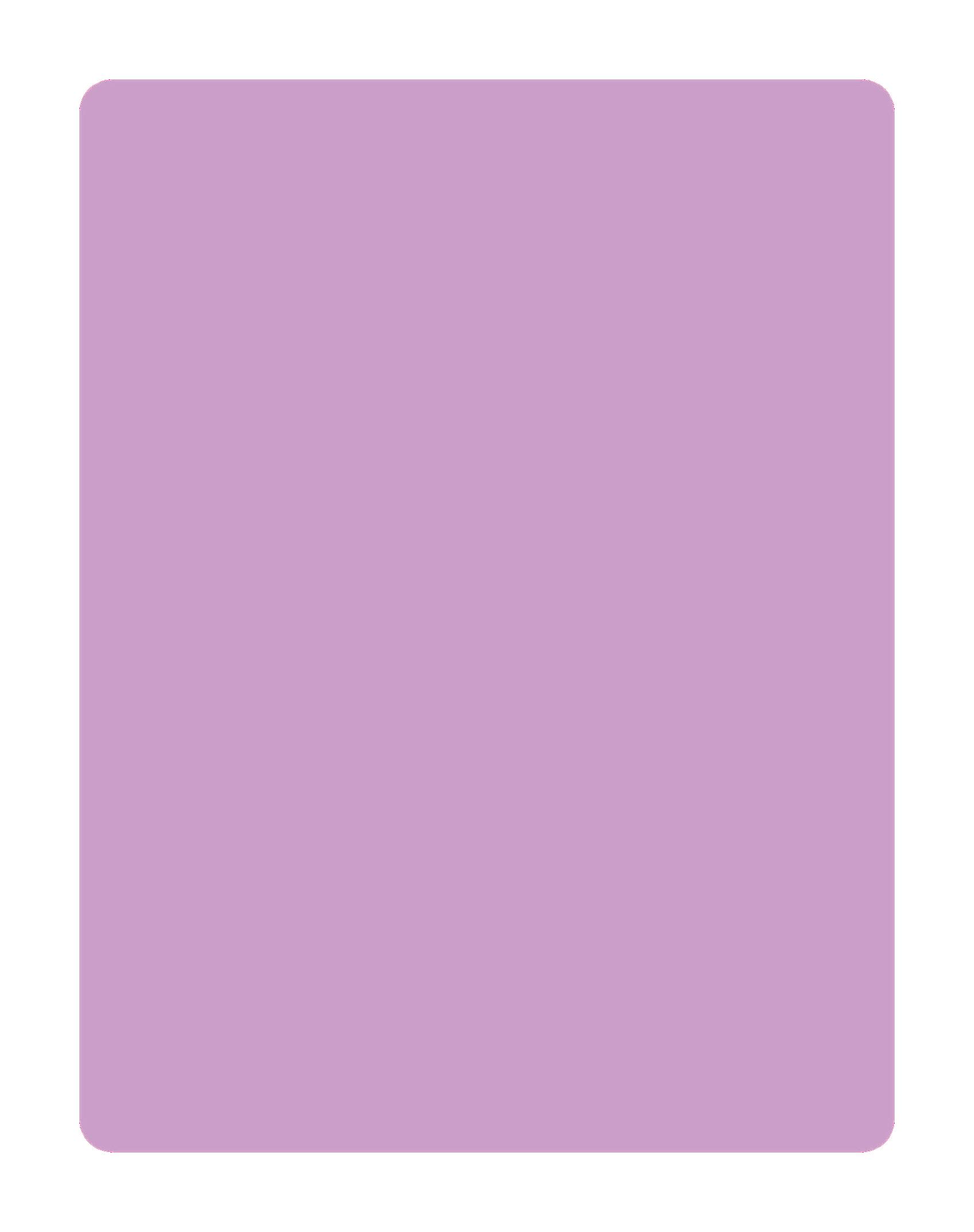


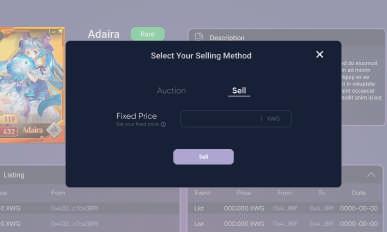

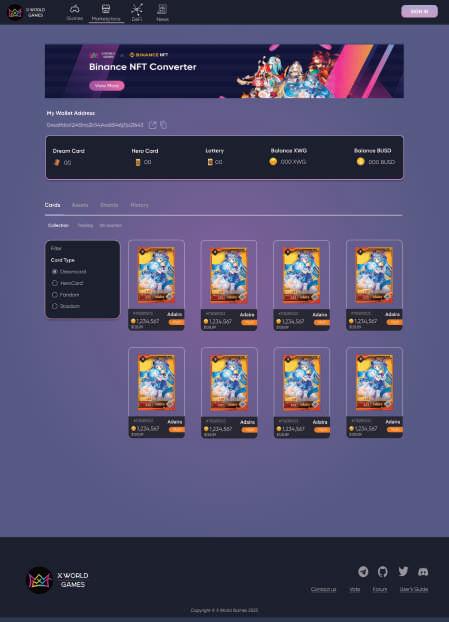

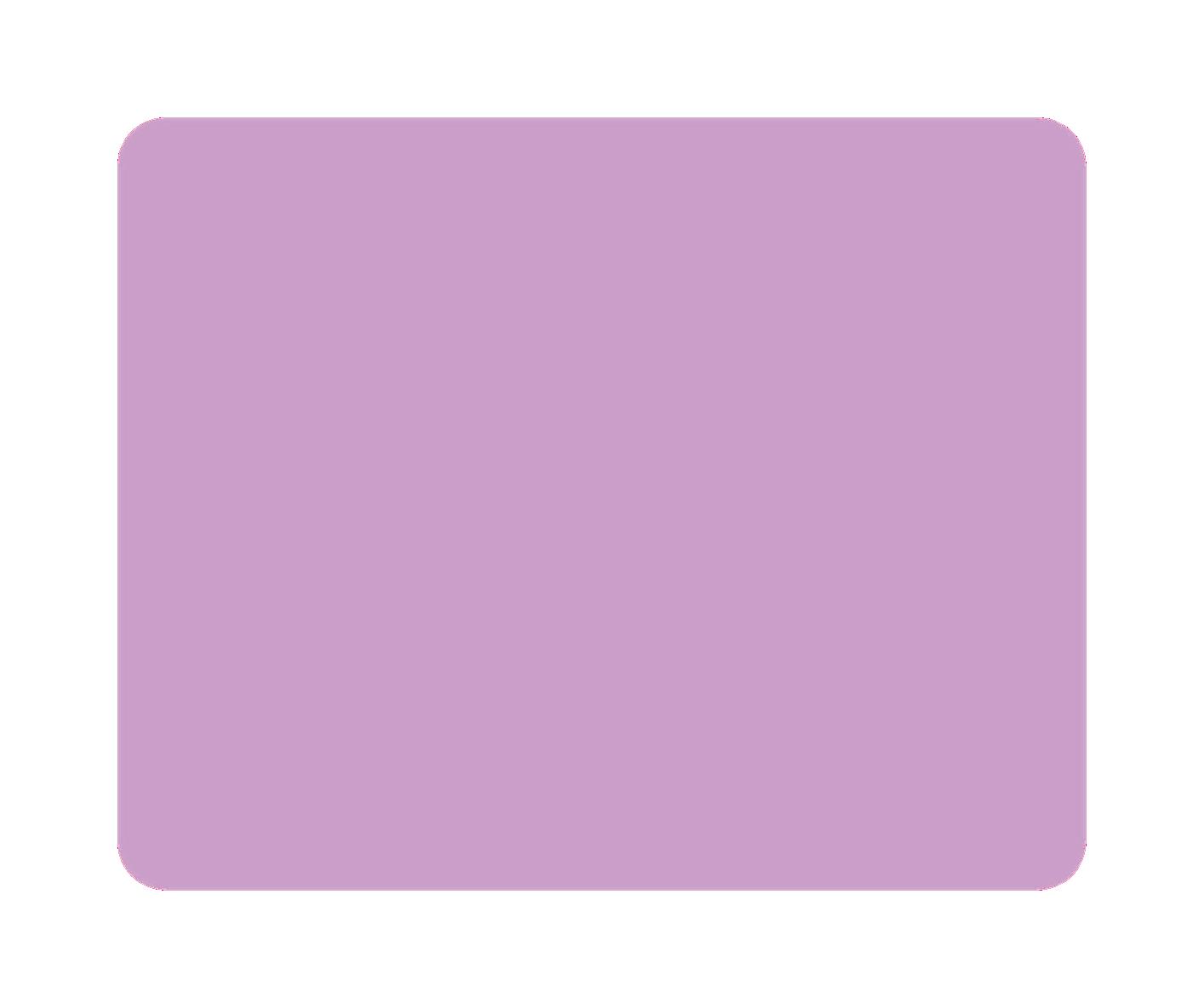
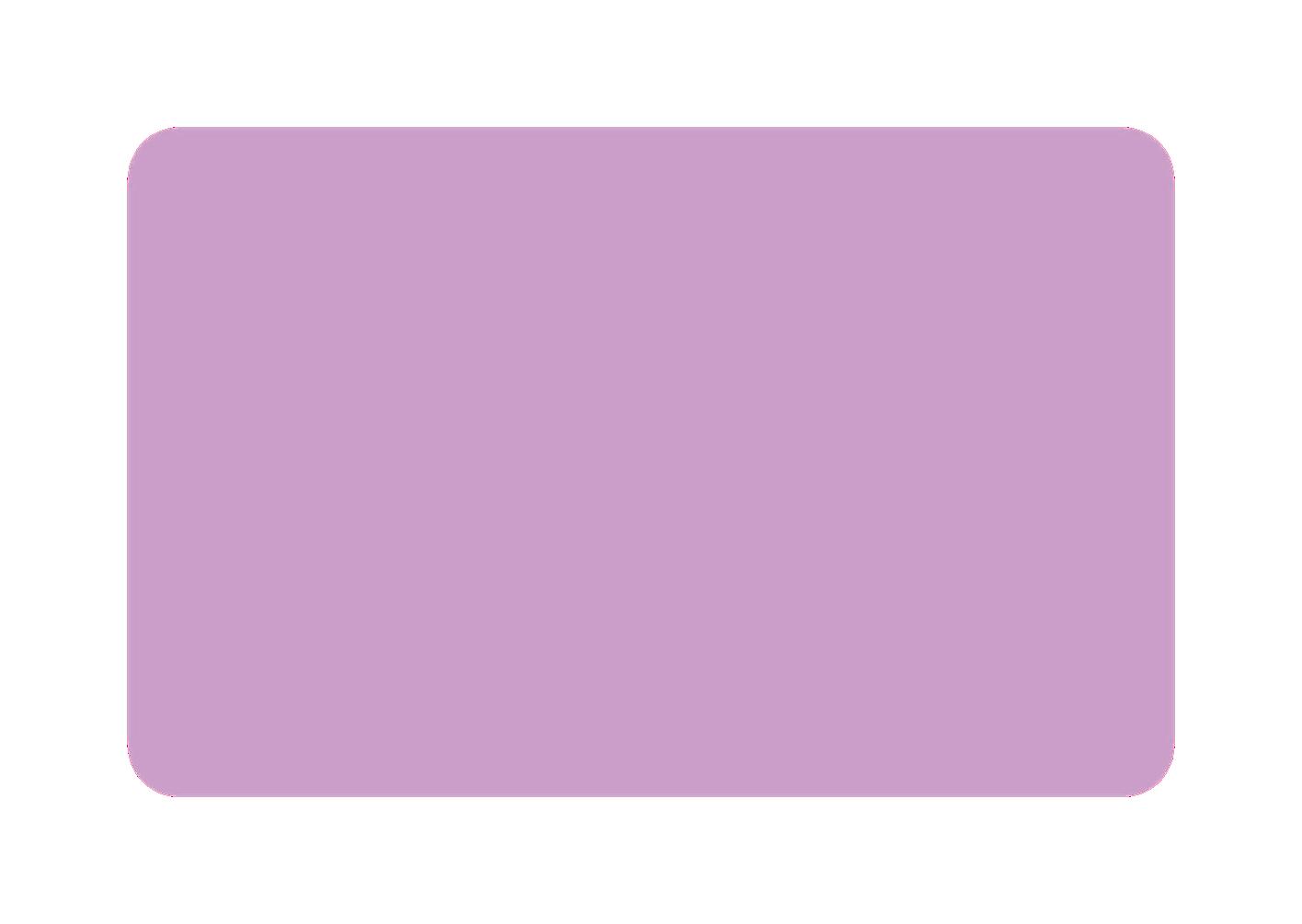

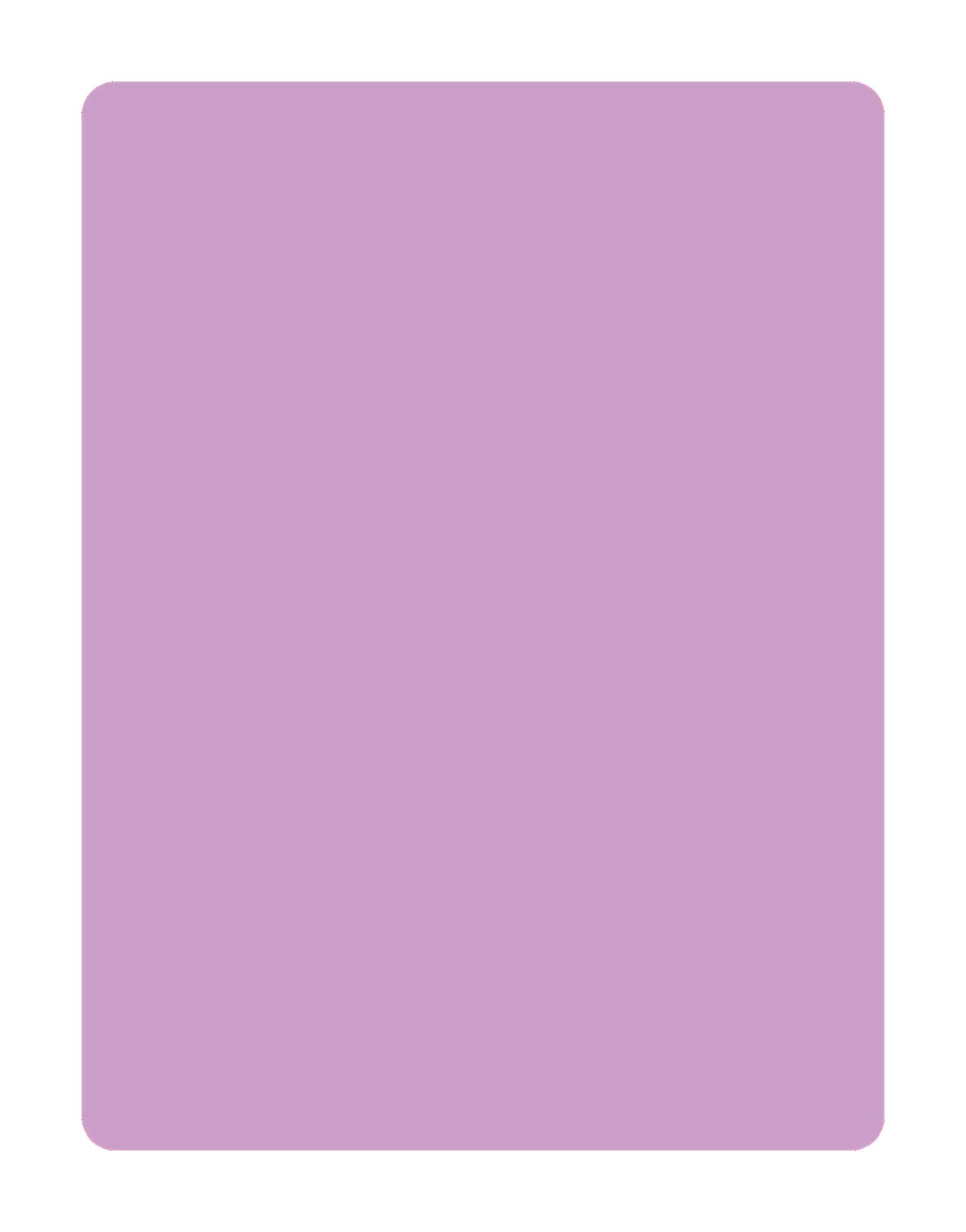
A web 3 digital wallet is a next-generation cryptocurrency wallet designed for the decentralized web. The design of a web 3 digital wallet must prioritize security, user-friendliness, and interoperability with decentralized applications (dApps).
To ensure security, a web 3 digital wallet should incorporate industry-standard encryption and use non-custodial storage, meaning the user holds the private keys to their funds and has full control over their assets. The user interface should be intuitive and easy to navigate, allowing users to easily manage their funds, send and receive payments, and interact with dApps.
Interoperability is a crucial aspect of web 3 digital wallet design, as it enables users to access a wide range of decentralized services and applications. This can be achieved through the use of protocols such as Ethereum's Web3 API, which allows dApps to communicate with a user's digital wallet and vice versa.
In conclusion, web 3 digital wallet design should strike a balance between security, user experience, and interoperability to provide users with a seamless and secure way to manage their digital assets in a decentralized ecosystem.










DeFi (Decentralized Finance) web design refers to the creation and development of user-friendly and visually appealing websites for decentralized finance applications and platforms. The goal of DeFi web design is to make financial tools accessible and easy to use for everyone, regardless of technical background or financial expertise. DeFi web design often emphasizes clean and simple user interfaces, intuitive navigation, and clear and concise information presentation. The use of bold typography, vibrant colors, and modern web design elements can also help make DeFi platforms stand out and appeal to a wider audience. Overall, the goal of DeFi web design is to create an accessible and enjoyable user experience that helps users understand and interact with decentralized finance applications.
Financial Data
Token Pool or NFT Pool



Active Pools

APR
APR stands for Annual Percentage Rate and refers to the annualized interest rate earned by a liquidity provider in a DeFi liquidity pool. The APR indicates the yield generated by the pool, taking into account the fees and rewards associated with providing liquidity to the pool. The APR is expressed as a percentage of the assets locked in the pool over a given time period, typically a year. The actual rate of return can be higher or lower than the APR depending on various factors such as market conditions and changes in the value of the underlying assets.
Token Amount Earned Amount Staked
Core: The "core checkmark" in DeFi staking pools typically refers to the designation given to a trusted and secure staking pool. It indicates that the pool has passed a rigorous security audit and has been vetted by the community to be a safe choice for staking one's assets. Having a core checkmark can give stakers peace of mind that their assets are secure and being staked in a trustworthy pool.


40x: The "40x" in DeFi staking pools typically refers to the reward multiplier or the annual percentage yield (APY) offered by the staking pool. For example, if a staking pool offers "40x", it means that stakers can expect to receive 40 times their initial investment in rewards over a year. This figure is an estimate and actual returns may vary due to a number of factors such as network conditions, competition, and market conditions. It's important to note that high reward multipliers or APYs may be indicative of higher risk and it's important to thoroughly research and understand the staking pool before investing.


Details
Token Liquidity, Maketplace link, BscScan, and pancakeswap




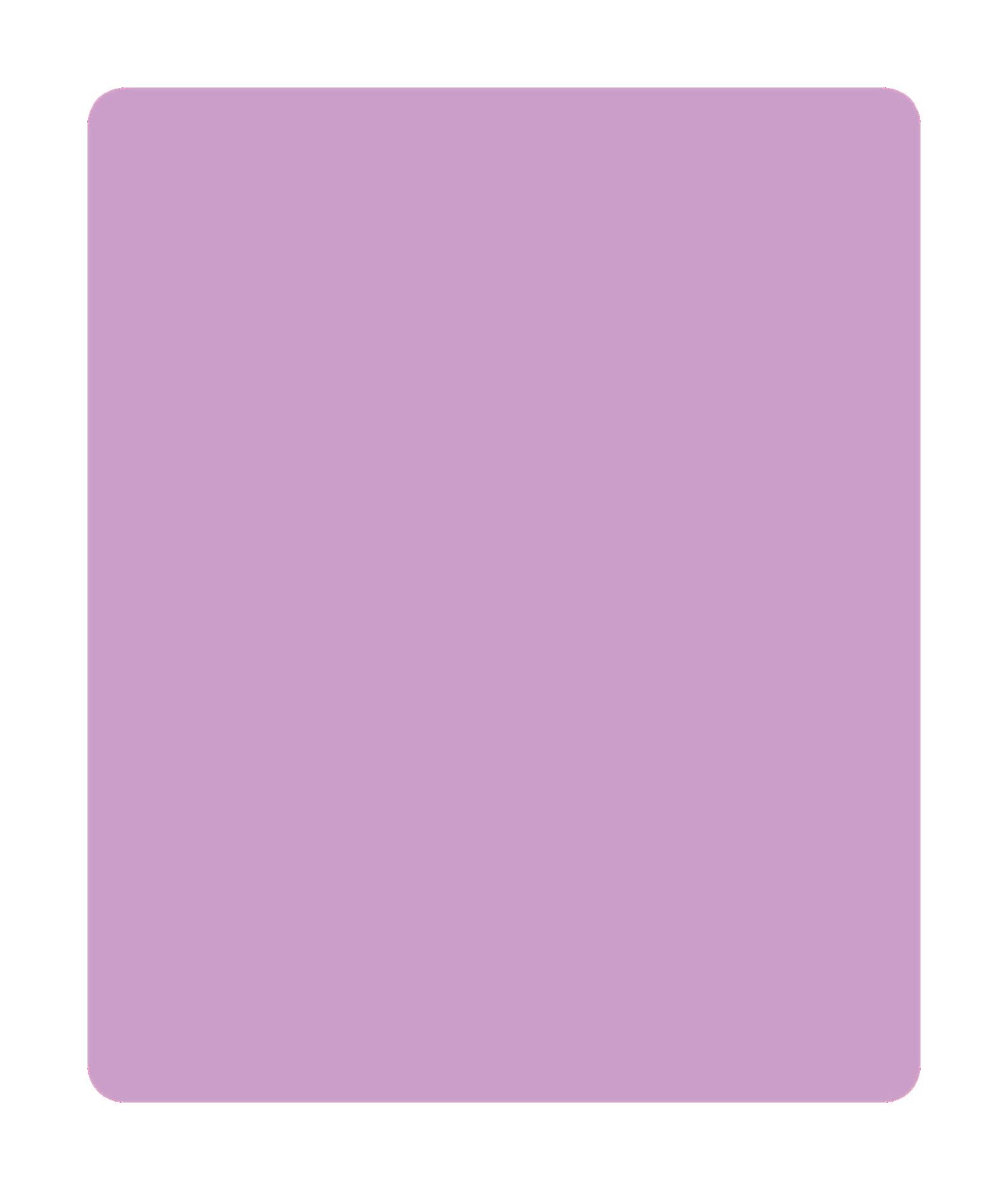



A cross-chain platform is a blockchain infrastructure that enables interoperability between different blockchain networks, allowing assets and data to be transferred and shared between them. This enables a more seamless exchange of value and information across the different blockchain networks and provides greater flexibility and scalability to the overall blockchain ecosystem.
Cross-chain platforms aim to resolve the issue of siloed blockchain networks and help facilitate a more connected and interoperable blockchain world.

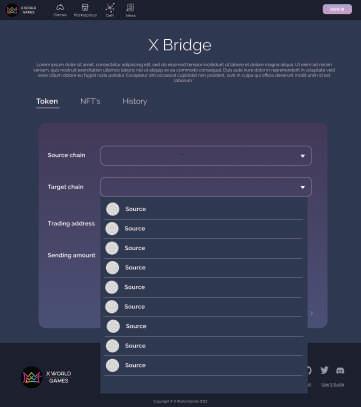
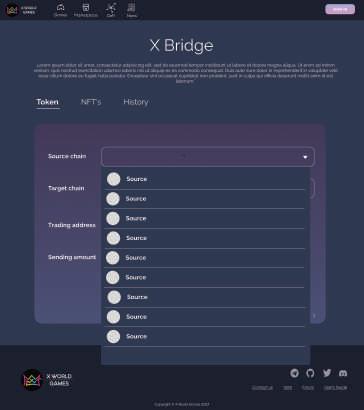
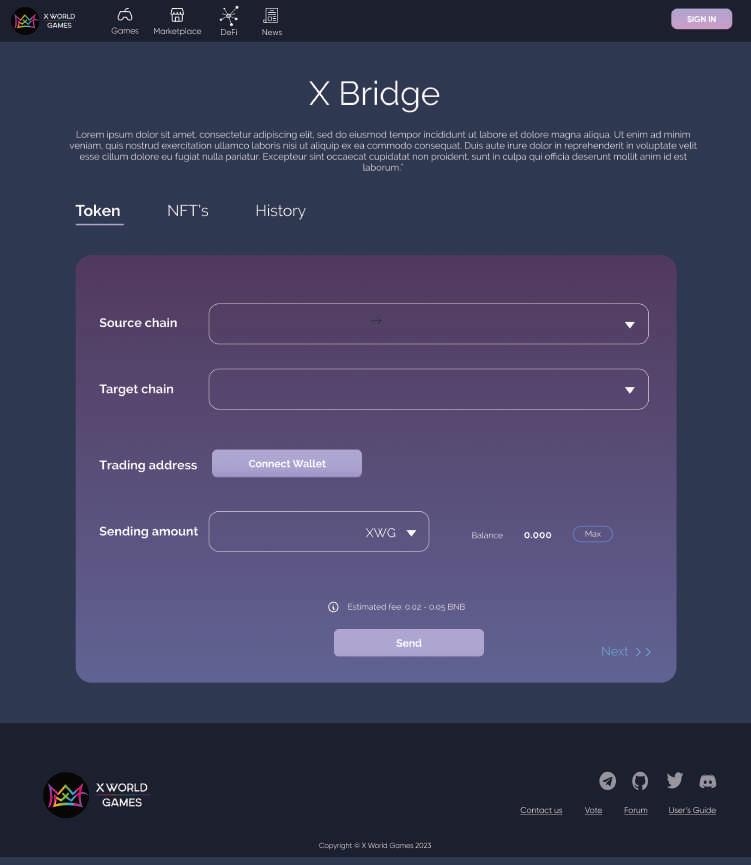



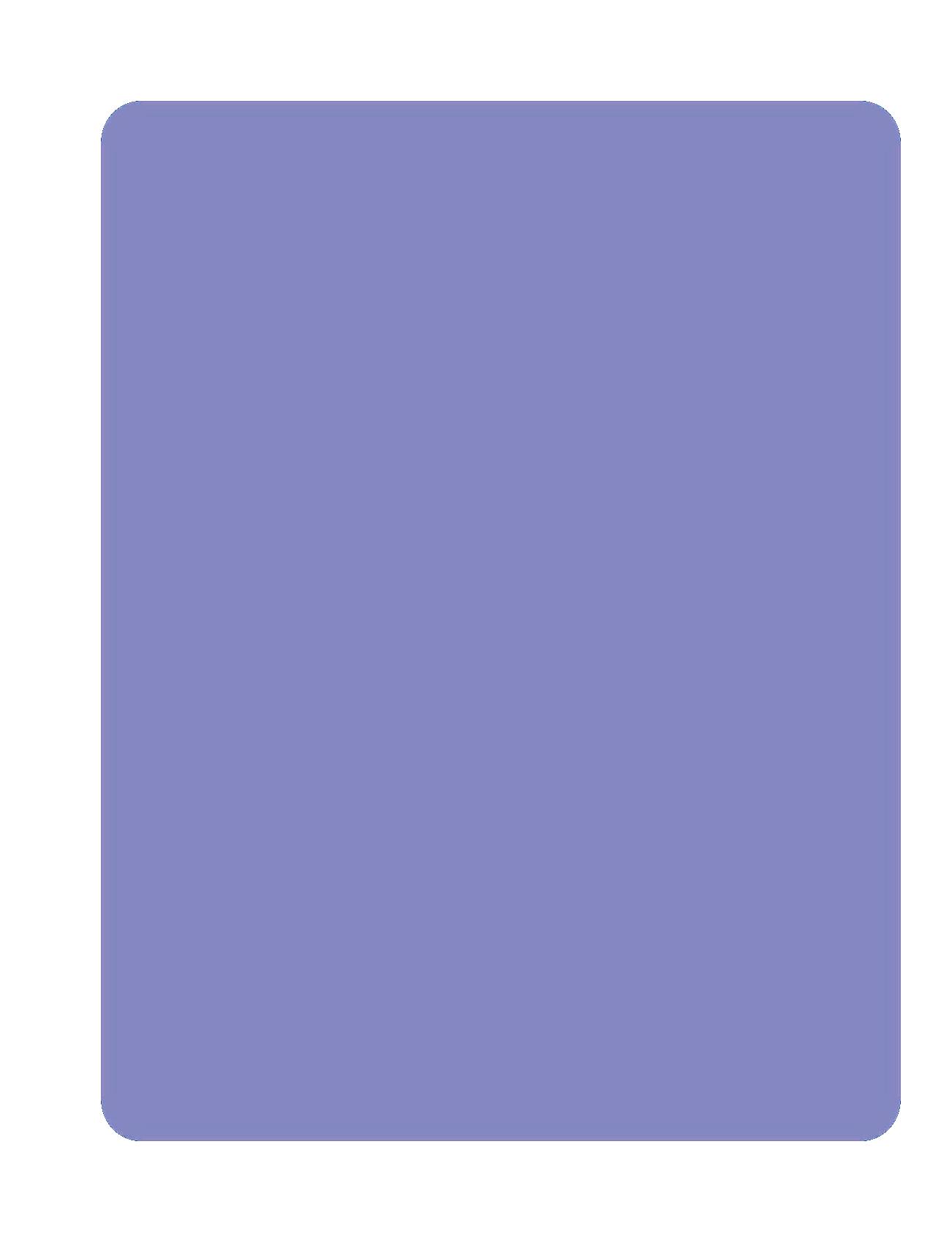
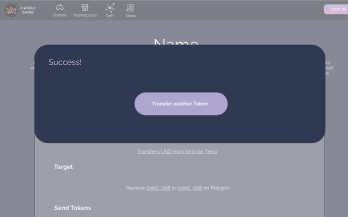


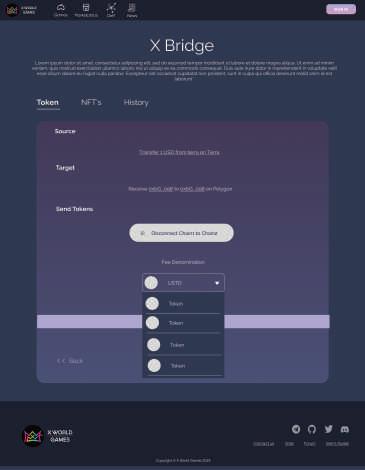



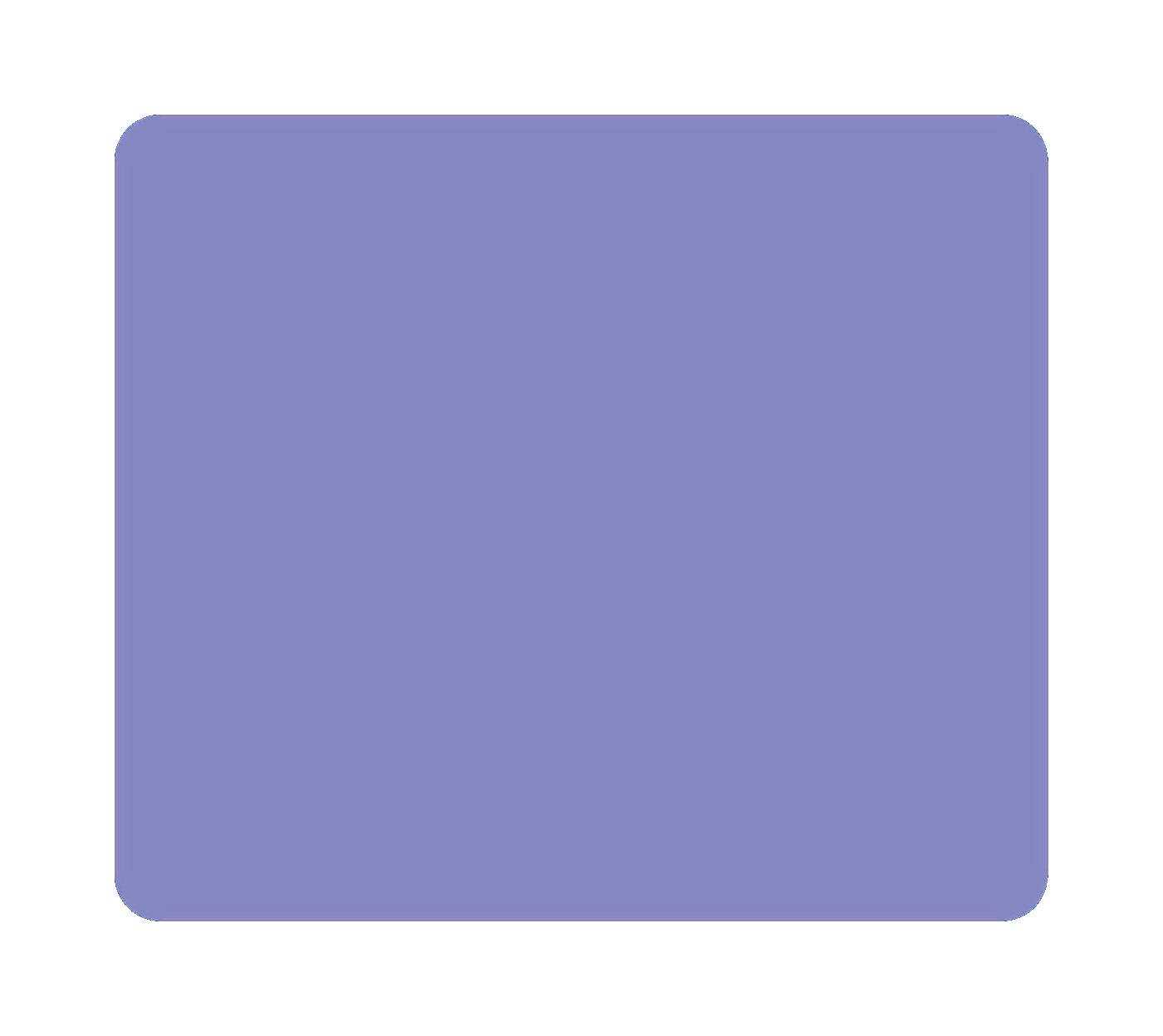
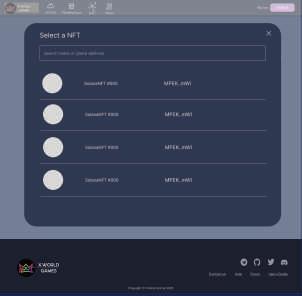
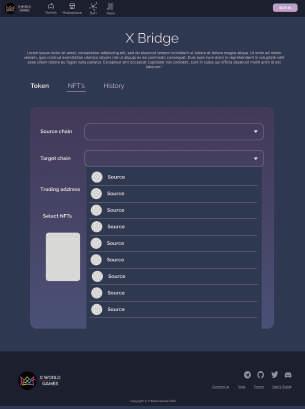
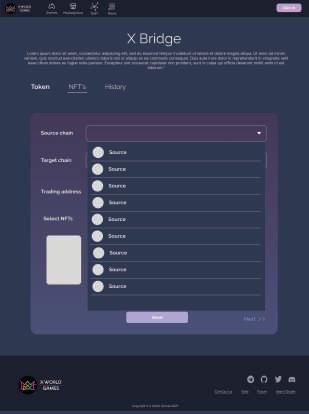


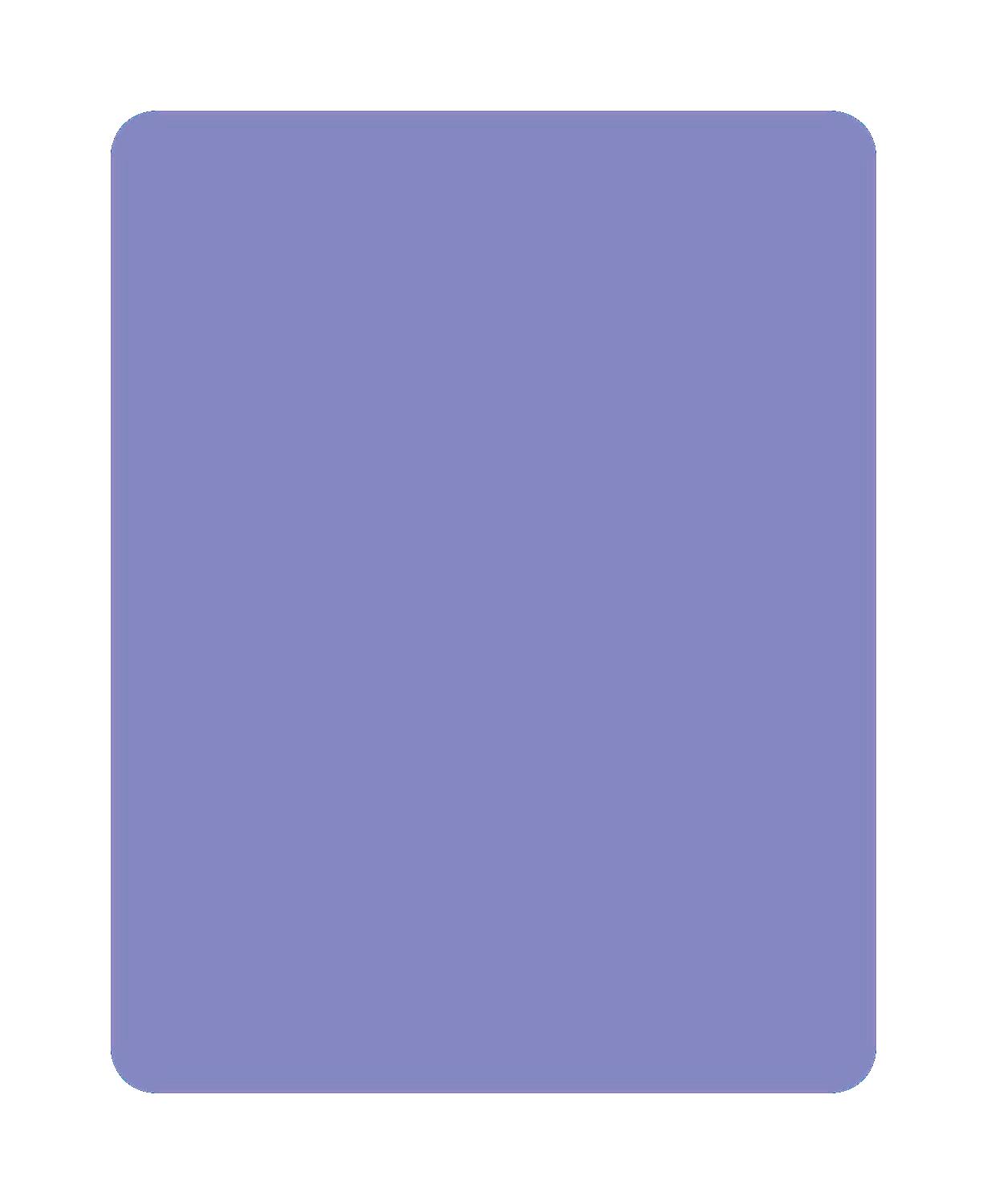

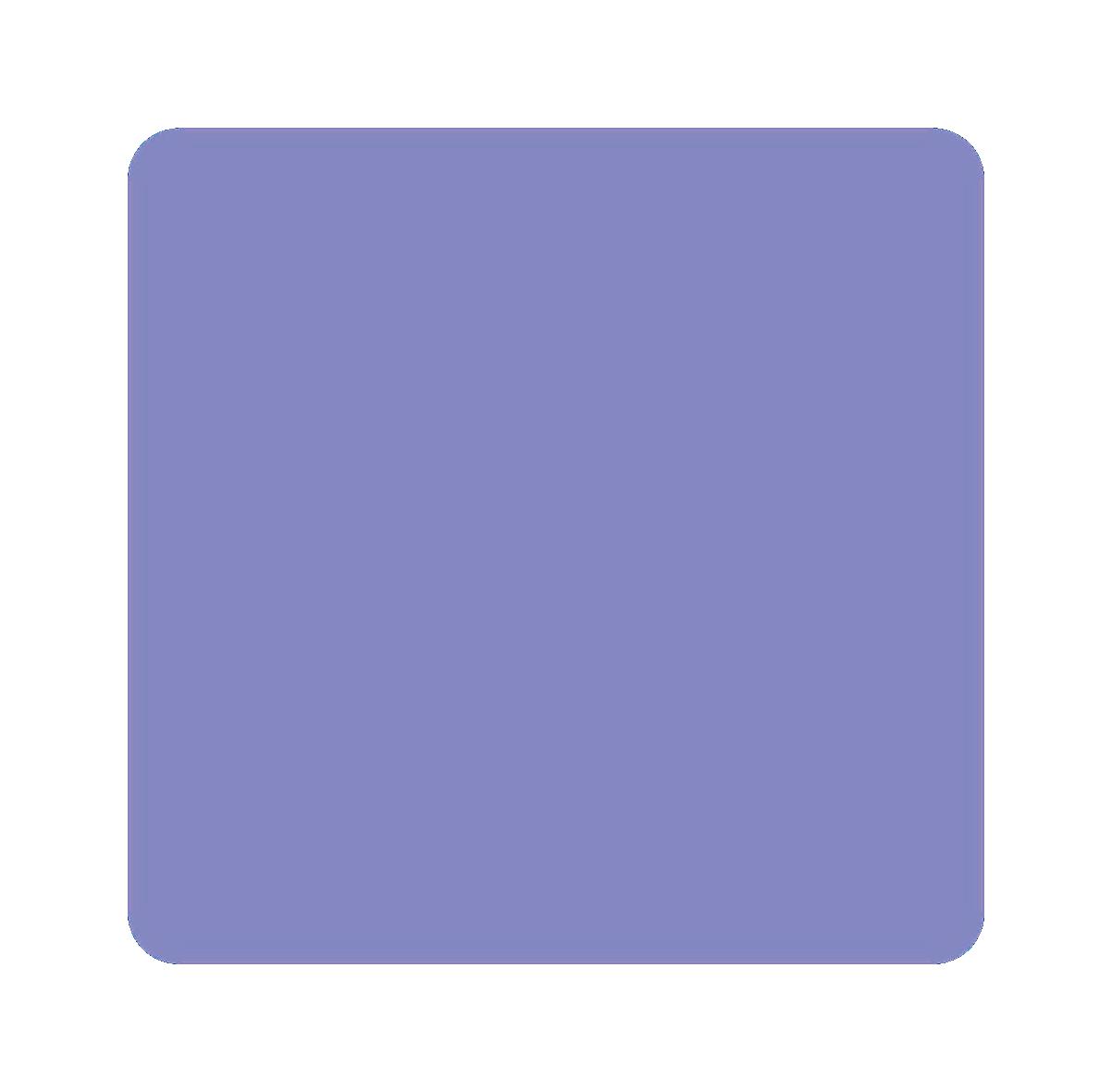








Web3 dashboards for decentralized applications (dApps) on blockchain platforms typically have a unique design aesthetic that prioritizes user experience, security, and decentralization. Here are some common features of web3 dashboard design:
Minimalistic and clean interface: Web3 dashboards often have a simple, uncluttered design that emphasizes functionality over aesthetics.
Use of blockchain-based data: Decentralized data is displayed in real-time on the dashboard, usually through the use of blockchain APIs.
Secure user authentication: Web3 dashboards often use secure authentication methods like encrypted keys, biometric authentication, and hardware wallets to ensure the user's identity and assets are protected.
The dashboard should allow users to interact with dApps, execute transactions, and manage their digital assets easily.
Mobile responsiveness: Since the use of mobile devices is increasing, web3 dashboards should be optimized for smaller screens and touch-based interactions.
Overall, the design of web3 dashboards must balance usability, security, and decentralization to provide a seamless experience for users accessing decentralized applications and managing their digital assets.










